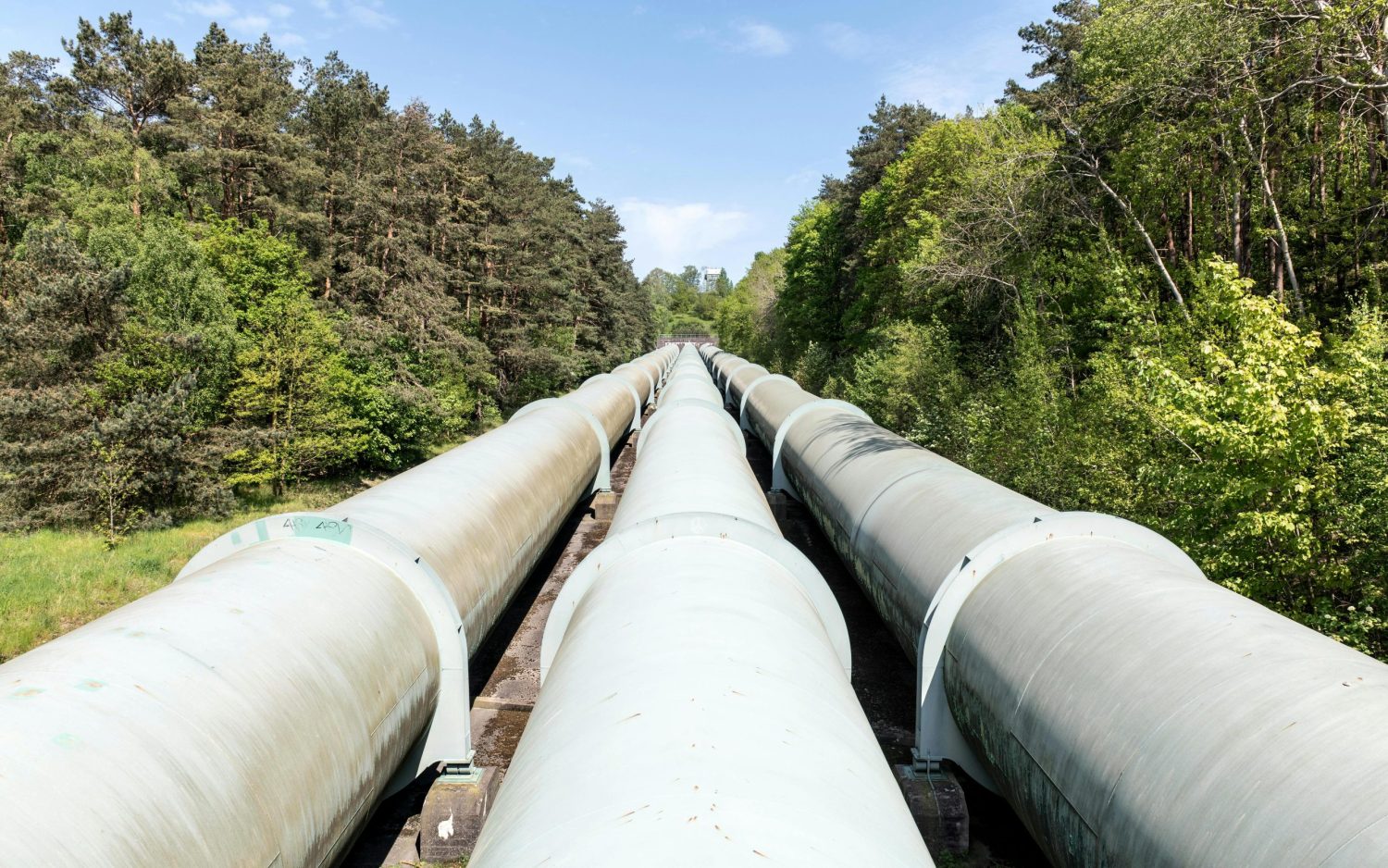Twenty-seven per cent of Canada’s energy demand could be met by blue hydrogen in 2050.
And for Alberta to remain Canada’s energy superpower, the growth of hydrogen technology is an opportunity we cannot afford to miss.
Hydrogen is a source of power that will assist in our transition to a sustainable energy future. Its unique advantage is that it significantly reduces industrial emissions and provides long-term energy storage at scale – which, so far, few technologies have been able to do.
As a leader in natural gas production and a province with high industrial emissions, Alberta is well-positioned to harness this opportunity and be at the forefront of the economic and environmental benefits of this growth.
Hydrogen has taken off in many parts of Europe, but we’re now starting to see this trend emerge in Canada as well, with indications that the Alberta and Federal governments will support ‘blue hydrogen’. While blue hydrogen may be the new kid on the block, we anticipate it will be here to stay, so it’s worth getting up to speed on the technology and its opportunities for Alberta.
How it works
There are a few different types of hydrogen, each of which involve slightly different processes.
- Grey hydrogen is a more traditional form of hydrogen production, which uses natural gas and produces emissions.
- Blue hydrogen reduces carbon emissions compared to grey hydrogen. While emissions are produced through both processes, the emissions in blue hydrogen are harnessed through carbon capture, utilization, and storage (CCUS), reducing the overall carbon footprint. Blue hydrogen is produced from natural gas through a process called steam methane reforming – basically, parsing out methane (CH4) into its component parts of hydrogen, which is used as power, and carbon, which is captured, utilized, or stored through CCUS.
- Green hydrogen goes a step further and releases no emissions. It uses renewable electricity and a process called electrolysis, which involves splitting hydrogen from water. Green hydrogen is produced through a process called electrolysis, which uses electricity to split water (H2O) into hydrogen and oxygen.
A recent report by the University of Calgary and the Transition Accelerator outlines the opportunity for $100 billion of domestic and international investment in Alberta in hydrogen alone. With Alberta’s low-cost natural gas, technical expertise, and strong track-record of commercializing technologies, we have a significant opportunity to be Canada’s first hydrogen energy hub.
The financial viability of hydrogen
The financial viability of hydrogen varies quite significantly depending on the type of hydrogen, as well as the government incentives in place. Right now, grey hydrogen is viable and blue hydrogen is not far off, however green hydrogen will likely be years before achieving total financial viability.
The cost of grey hydrogen is largely dependent on natural gas prices, which, while low now, may not be forever. The cost of grey hydrogen is expected to increase, as the carbon price is anticipated to go up over time – with a price on pollution in many jurisdictions, the economics of grey hydrogen will likely pose a challenge.
Therein lies a significant opportunity for blue hydrogen. While still dependent on the market price for natural gas, and the cost of CCUS, the price of CCUS is expected to go down over time as the technology scales. For blue hydrogen specifically, our biggest hurdle in achieving widespread uptake is driving down the cost of carbon capture, utilization, and storage so that it can be commercialized and attract investment. This would allow it to become financially sustainable, instead of requiring ongoing funding from the government.
The cost of green hydrogen depends on the cost of the electrolysis process and the price of producing renewable electricity to power the process. The cost of electrolysis is anticipated to fall approximately 70% in the next decade, and the cost of renewable electricity is expected to continue falling. However, currently, the price far exceeds that of blue hydrogen.







